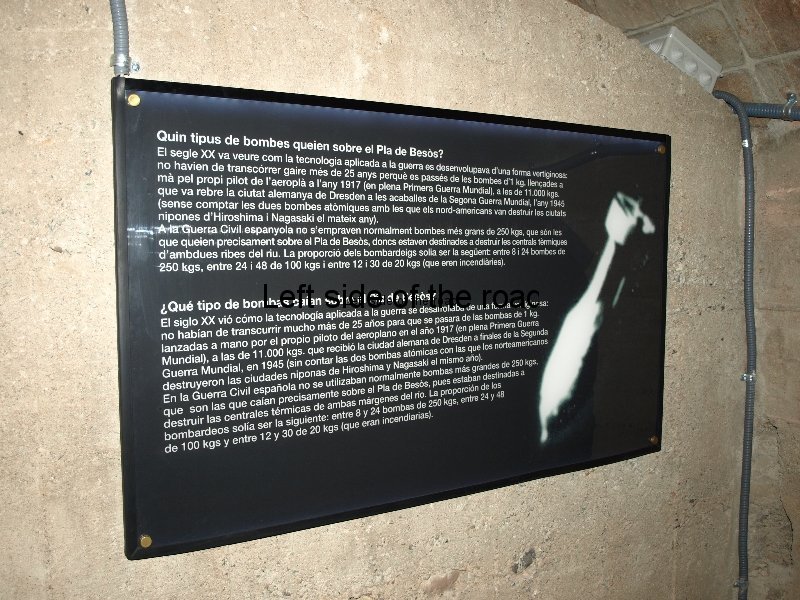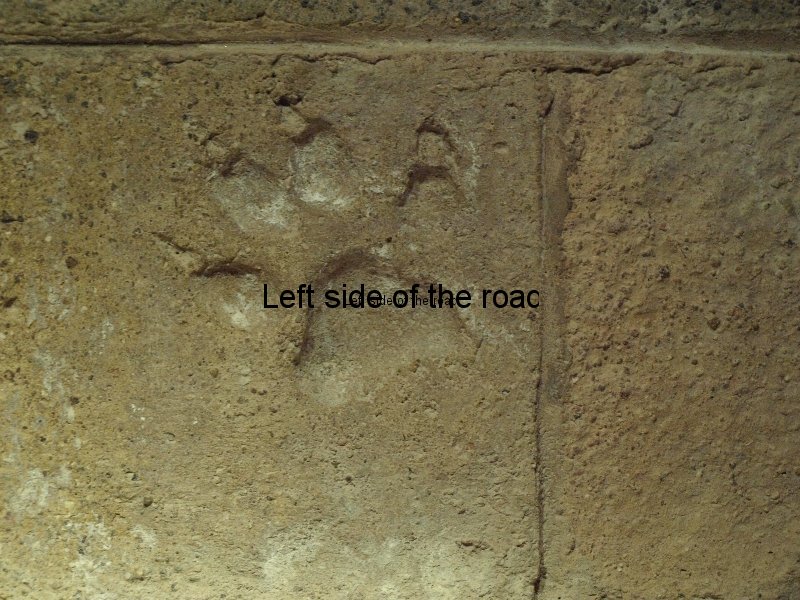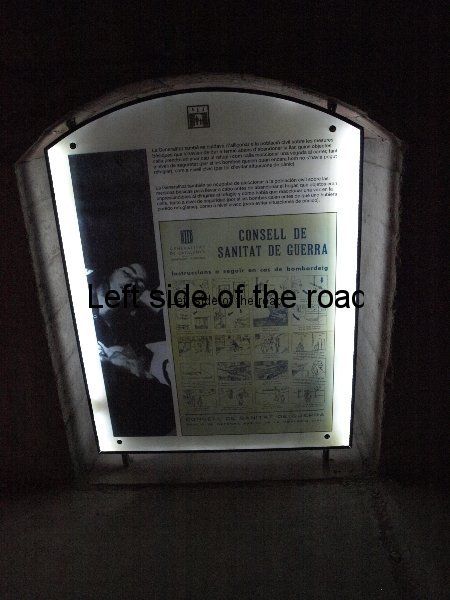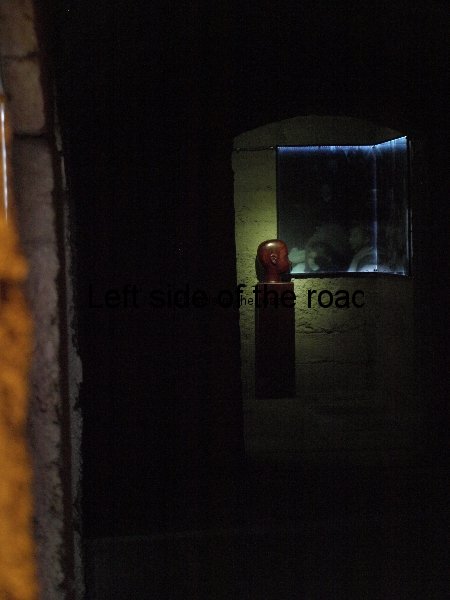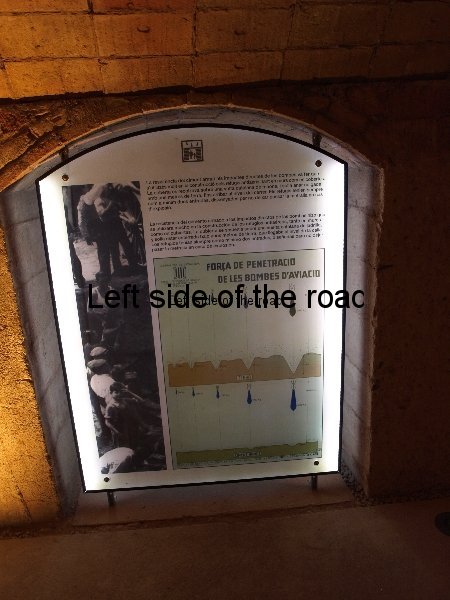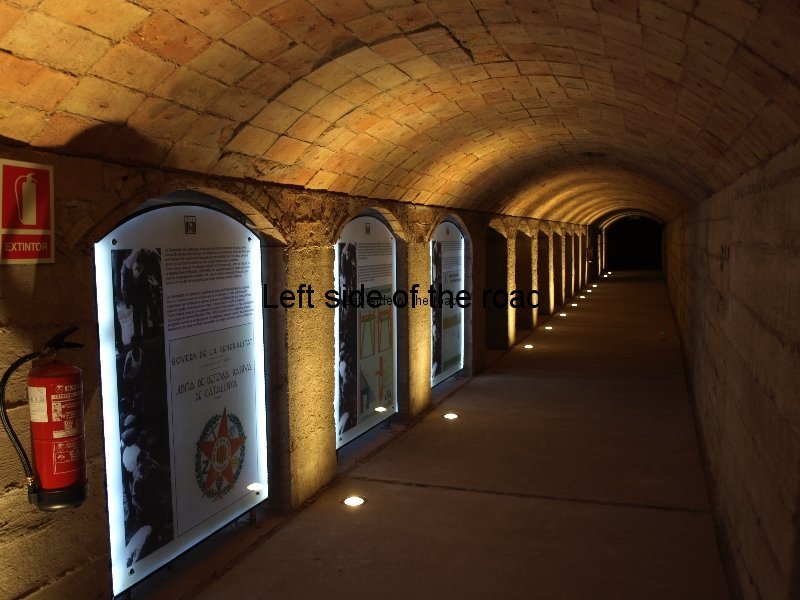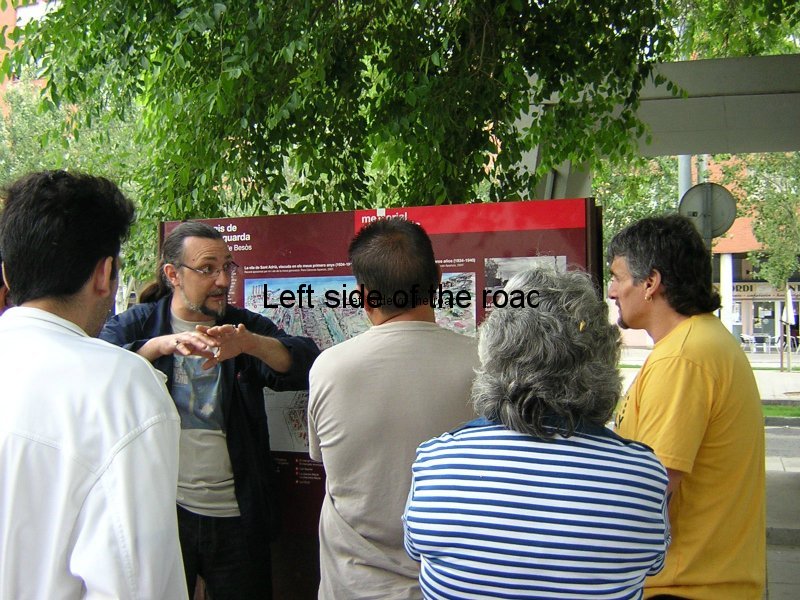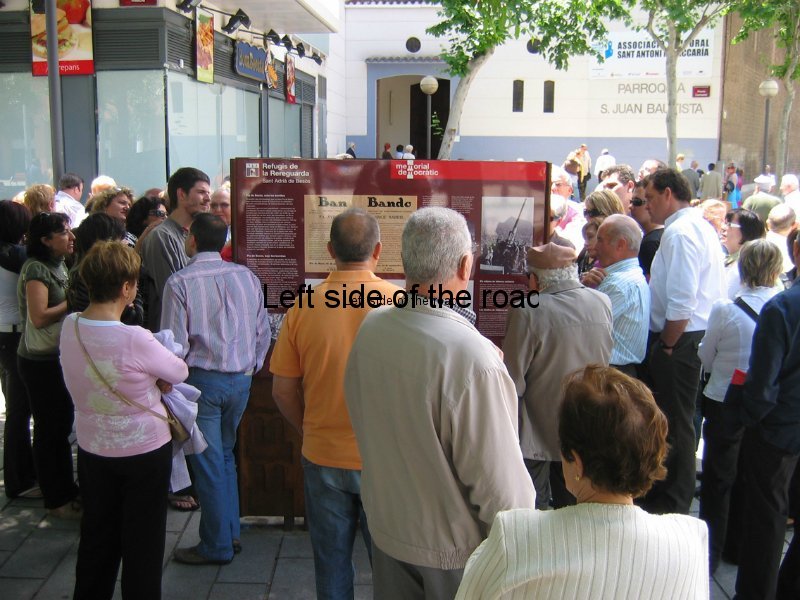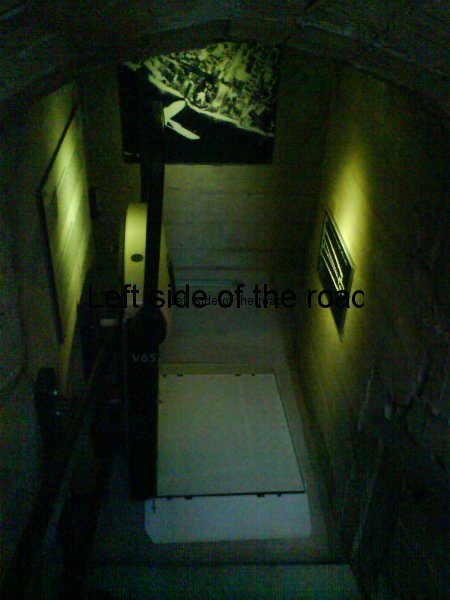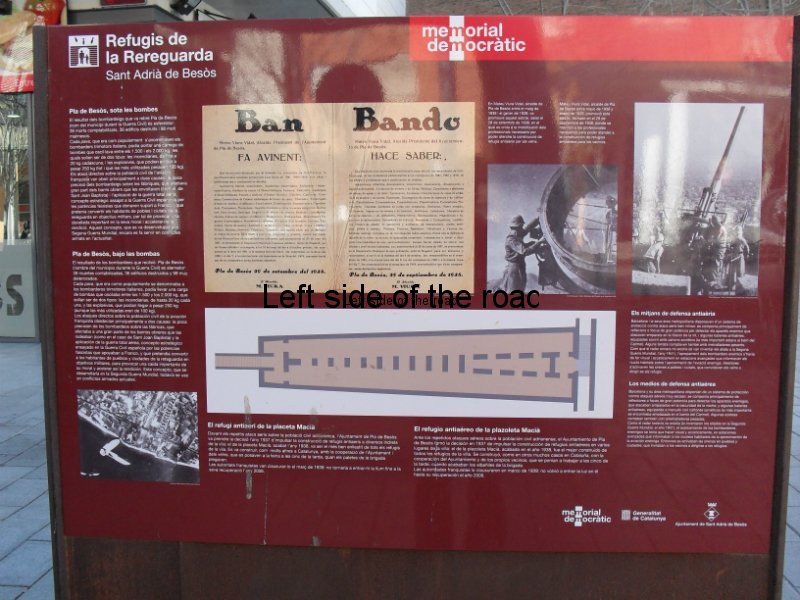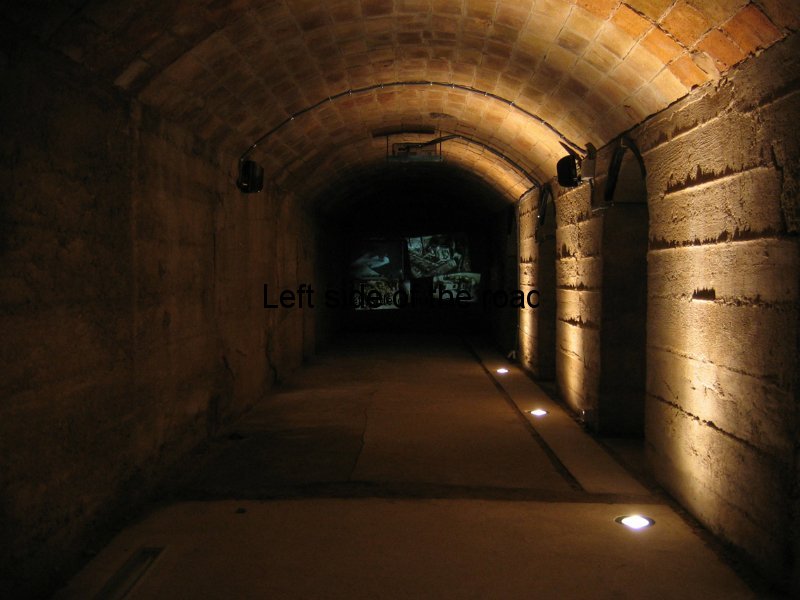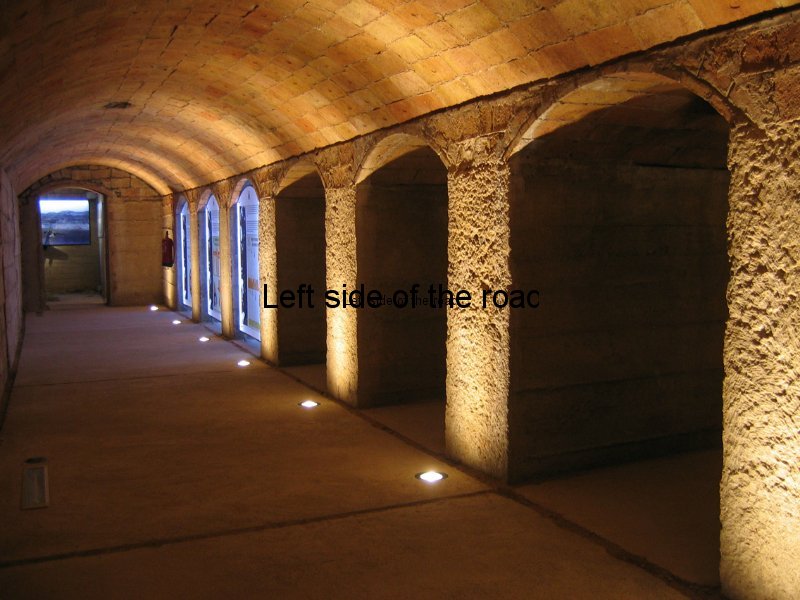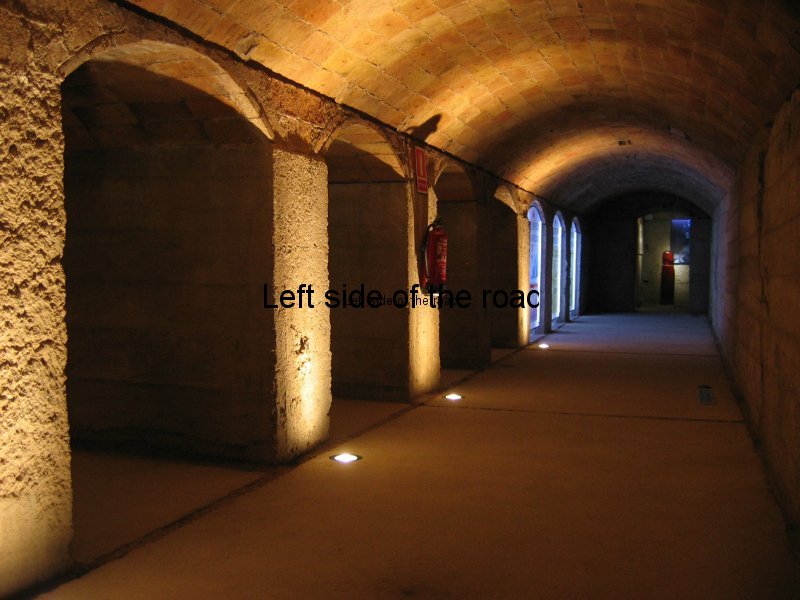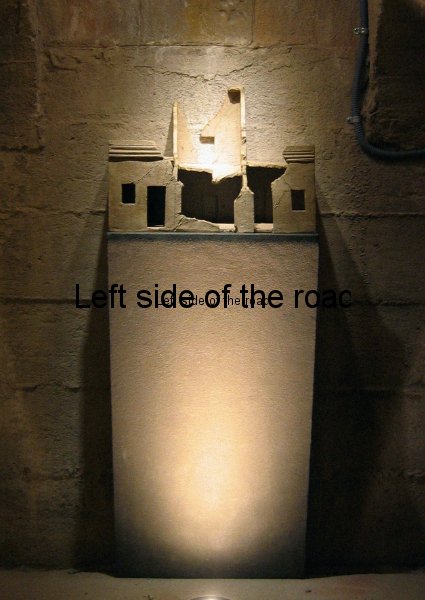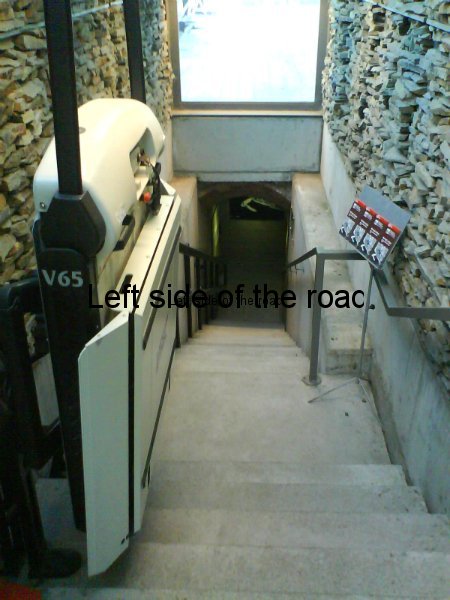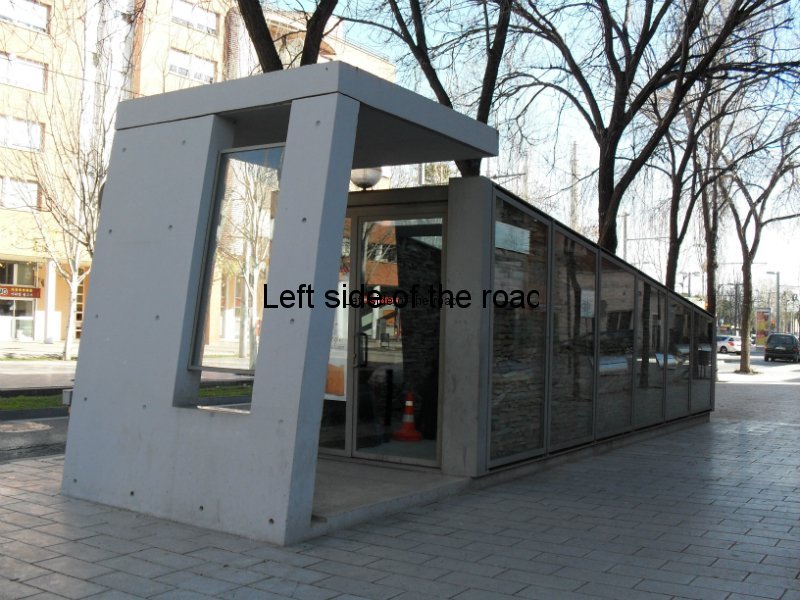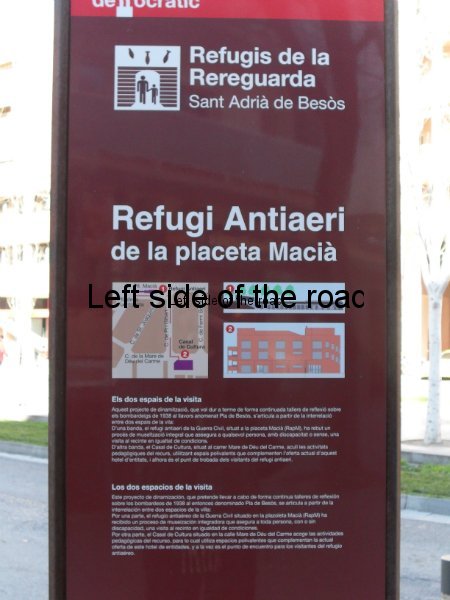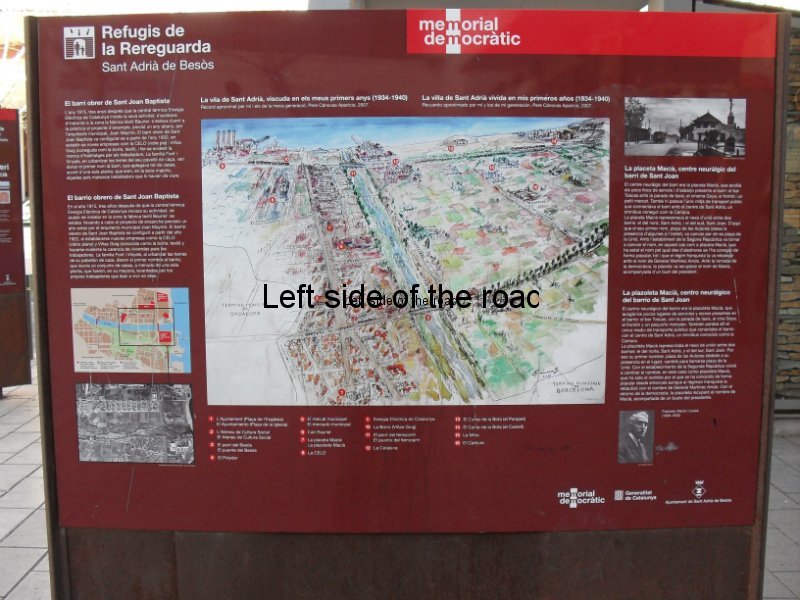Le Nou – Restaurant – Barcelona
If you’re going to eat one main meal of the day in Catalonia the best you can do, in terms of value for money and often in terms of quality, is to go for a ‘Menu’. Although in a place like Barcelona they are used to foreign tourists the pronunciation of this is phonetic, no fancy messing around with the ‘n’ as if it were a Castilian ‘ñ’.
This is a set meal, normally of three courses, that is: starter, main meal, and the 3rd which is often given as a choice between a dessert or a coffee. Check to see if the bread (pa) is part of the deal, as well as the beguda (drink). The drink can be something soft, like the ubiquitous and disgusting sugary drink that comes in a red can, a beer, water or wine. Decide at the beginning as if you change your mind that goes outside of the arrangement.
I had been exploring the area of Montjuic, an area I had been to before but many years ago, looking for a common grave that was supposed to exist of those who had been murdered by the Franquista Fascists during and after the Spanish Civil War of 1936-39.
By 14.00 I was getting hungry and passed a place that was busy (always a good sign) and had a ‘Menu’ on a blackboard outside that looked reasonable. (If you want the menu, in the English sense, then you ask for the ‘carta’.) Here it’s perhaps worth while saying that you can spend your time looking for a cheap Menu – and they do exist – but you get what you pay for. Pay little and the main course will be a hamburger and your drink will be served by the glass.
I chose Le Nou, at 93 Nou de la Rambla, a long, narrow street that runs west from La Rambla. It’s the street that has the Palau Güell at one end, the London Bar somewhere towards the first third and, if you keep on this road, just after passing Refugi 307 on your left, you’ll eventually pick up a path and then steps that take you alongside the diving pools of Montjuic – which older readers might remember from the 1992 Summer Olympics – (now sadly left to go to rack and ruin and with seagulls being the only patrons but I suppose that’s better than the situation in the late ’90s when dogs and children were swimming in the stagnant water).
But back to the meal.
I choose the fish soup as a starter and lamb cutlets for the main, which came with potatoes strongly influenced by garlic. There’s a lot of fish served in this restaurant so there’s no excuse for an infinite supply of good, fresh and strong fish stock, and that was what this soup was all about. Added to that stock were some shellfish, mussels and clams, as well as a large king prawn/Dublin Bay prawn/Langostine, choose your definition – I can’t always keep up with the gradations.
As I sat there waiting for my food what convinced me that my choice of restaurant a good one was the fact that although there were a few tourists, including myself, the majority of people were locals having their lunch break. If a place can provide a silent recommendation it can do much worse than indicate that local people keep on coming back. Whilst waiting for the first course, and during it, I heard a number of paella orders being called for the starter. This also seemed to go down well but as I make one of the best paella’s outside of Valencia (the home of the dish) it made no sense for me to go for it here.
As a drink I chose the red wine. This came as a bottle opened in front of me and basically you can drink as much as you want. One or two glasses, or the whole bottle, the damage when it comes to pay is the same. This used to be the case when I first started travelling around Spain/Catalonia 20 years ago but wasn’t sure if this was still the case now that we’re in the middle of the supposed ‘economic crisis’ but was glad to see that the tradition still continues.
Not that it was a great wine. Let’s be real here. We’re talking about a bog standard house wine and at 11% it was a bit young and thin and I won’t be looking for it in the shops in the future – I’ve already forgotten the name – and it tasted no more appetising at the bottom as it did at the top but I had to try for the sake of the blog (how I sacrifice myself for the internet?).
For the main course I had three thin, lamb cutlets – but not that thin you felt yourself being given short change. Well done, so if people like their lamb a bit raw perhaps this should be mentioned on ordering (don’t know what would be the result but my experience at this restaurant gives me the impression they would at least consider what was asked for) and the dish was more than adequate for my needs at midday after 4 or so hours walking around.
(It was my misfortune to sit next to a couple of young tourists. That’s not really a problem but they were of the generation that takes a picture of their food and posts it on some of the social networks. That’s not really my scene so you’ll just have to take my word about the food. Sorry!)
These places are also good for people watching, especially if you travel alone, and it’s fun to work out who are the regulars and who the newbies and perhaps one-timers. However the staff were quick and efficient without rushing the diners. They understood when the next course was needed and the orders were processed in an unhurried and competent manner.
A TV was showing music videos in the corner but not obtrusively. For me it was interesting as although I might know the names of these groups/individuals not having a tele I wouldn’t recognise them if the walked past me, in the same way as I wrote about the politicians I saw on the TV when I was just about to start the Coast to Coast walk at St Bees Head. The jury’s still out about whether I gained from seeing the tele during my meal or not but the experience hasn’t encouraged me to get one on returning home.
I went for the dessert instead of the coffee and was presented with a slice of cheesecake. Perfectly adequate.
I wasn’t rushed. I entered at about 14.00 when it was busy and left about an hour and a half later when it was quiet. A few people were coming in for the Menu and still getting, at least as far as I could see, the same options quite late in the afternoon – from my experience most Menus will finish around 15.00.
Menus (in the English sense) were in English for those who were obviously not Catalan/Spanish. I came in wearing a short-sleeved shirt so that put me in the camp of the foreigners right away as it was the middle of February. Although it was a pleasant spring day to me it was still winter for the locals.
If you’re up this end of the city, not exactly in the centre of the tourist attractions, I think you could do much worse than taking in the ‘Menu’ at Le Nou.
Practical Information:
Menu €9.90 – lunch time, more or less, 12.00 – 16.00
Address: Le Nou Restaurant and Bar, 93 Carrer Nou de la Rambla/Carrer de Santa Madrona






